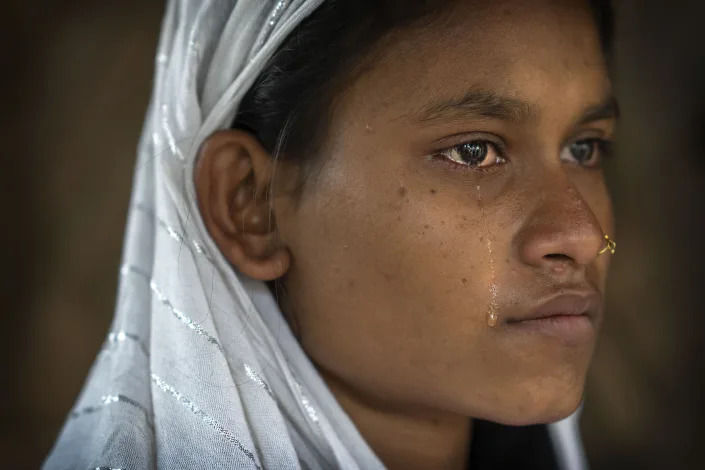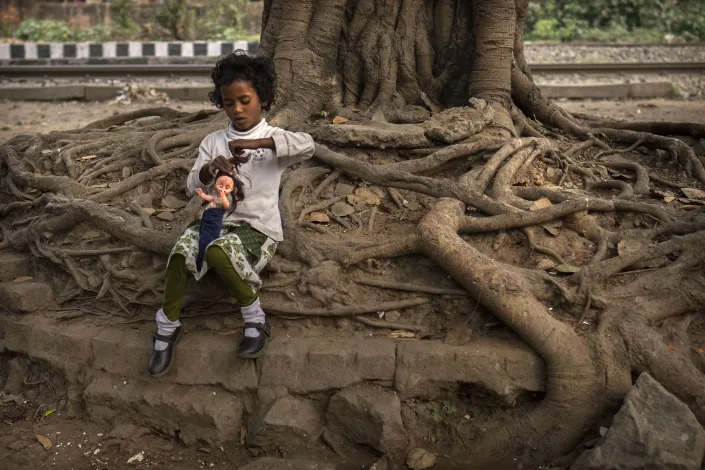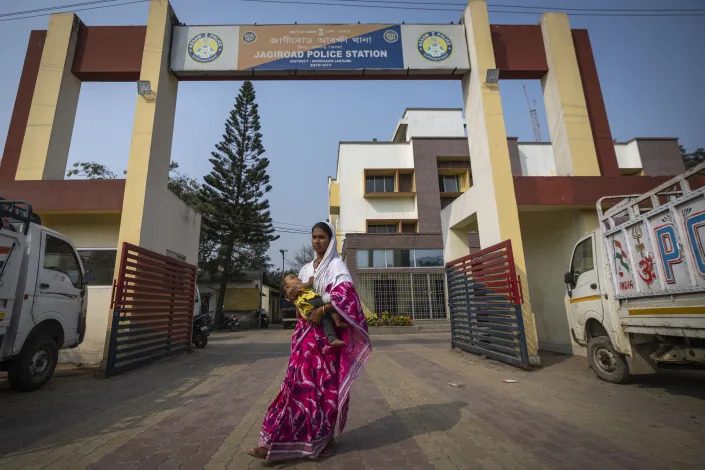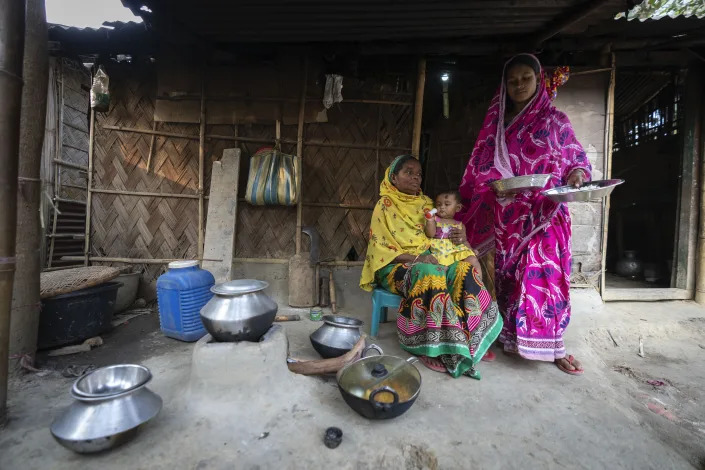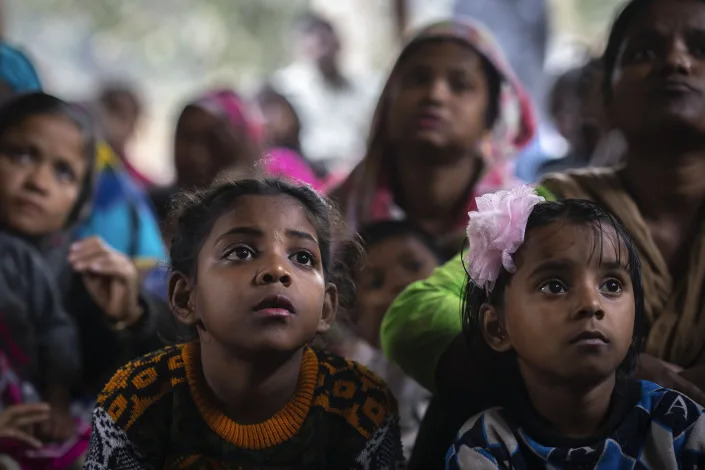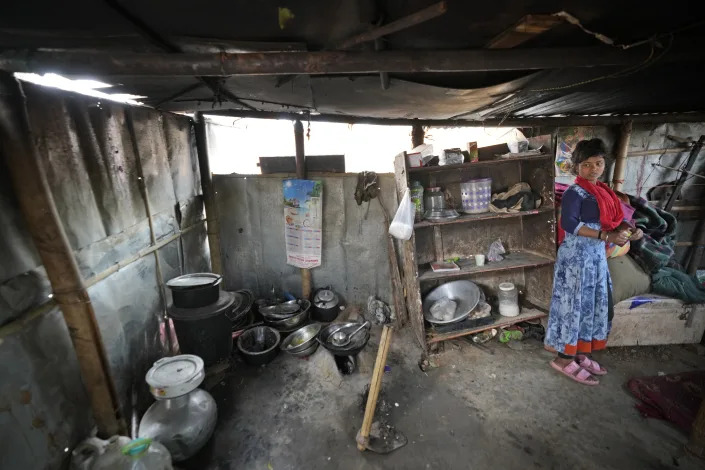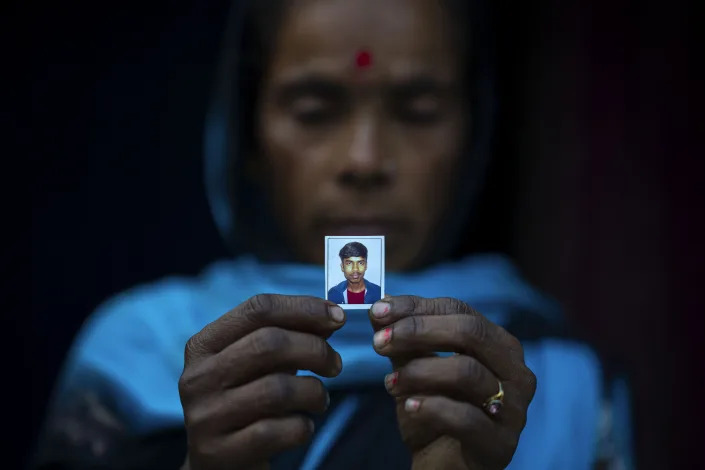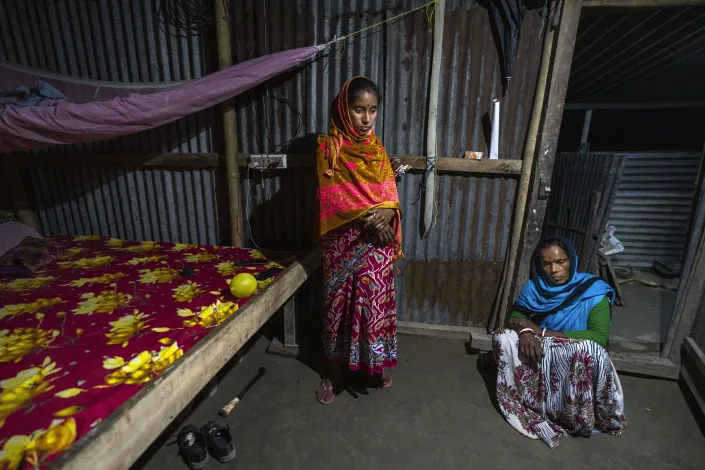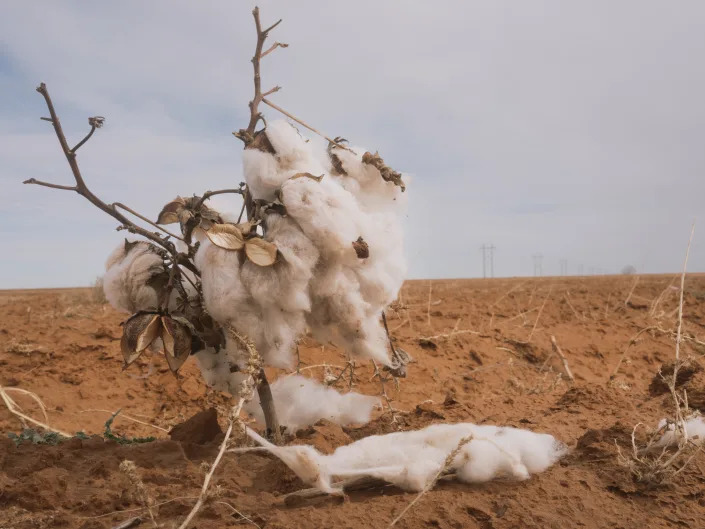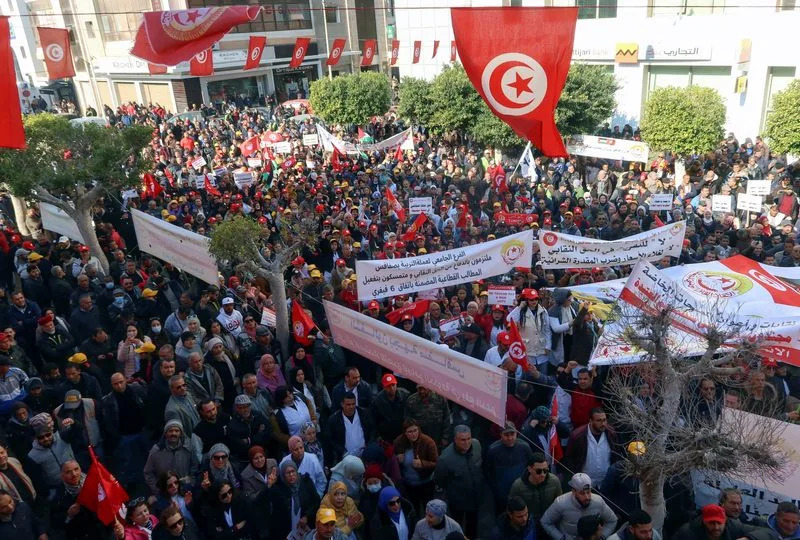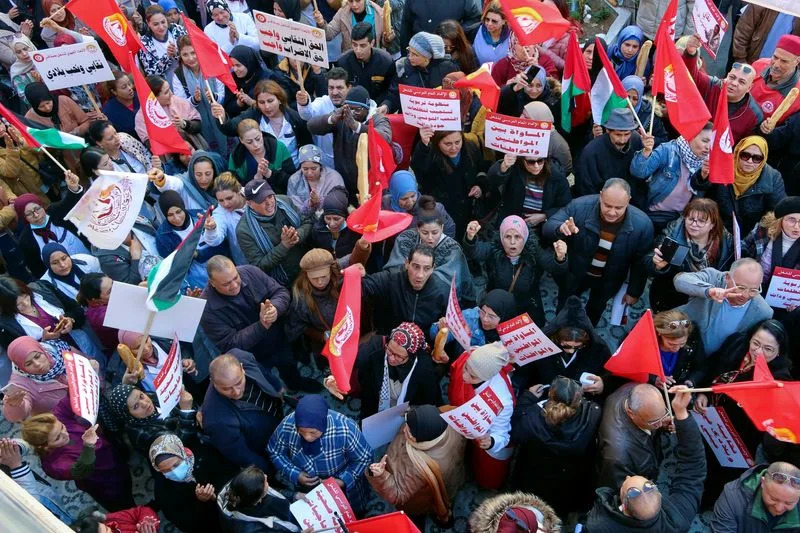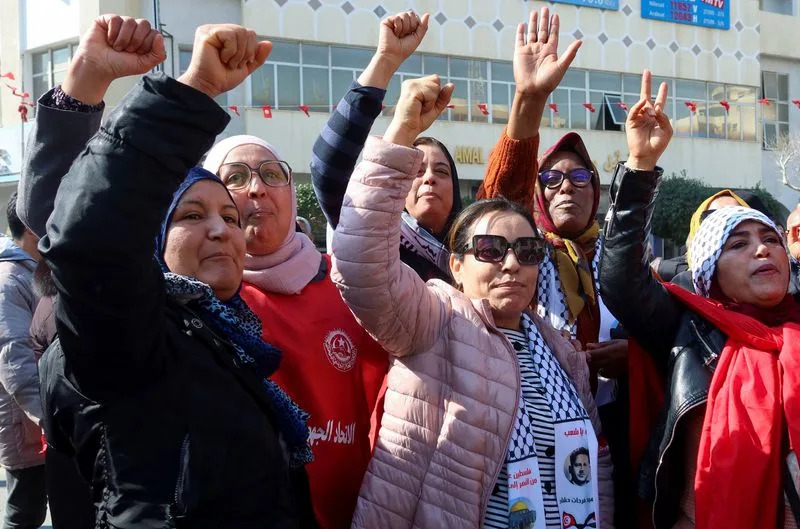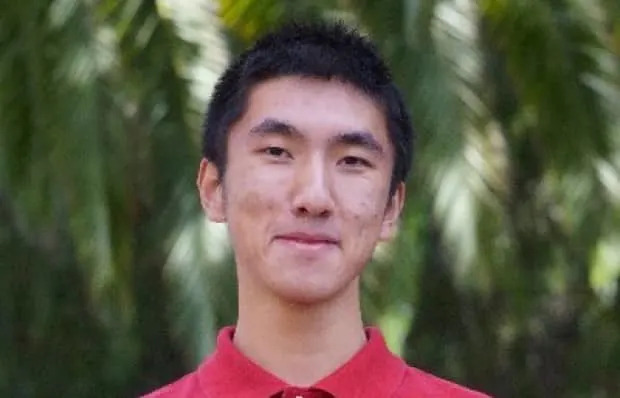Susan Tebben
Sat, February 18, 2023
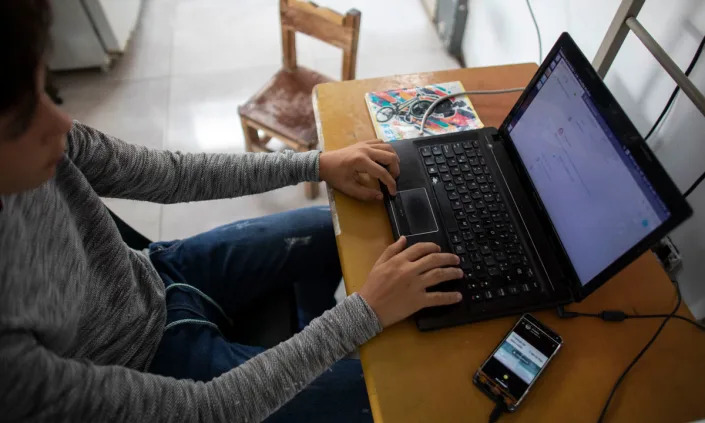
The leader of an Ohio homeschooling group that once included an Upper Sandusky couple reportedly using a neo-Nazi curriculum has now condemned it and said homeschooling shouldn’t be judged by one “sick parenting issue.”
The couple, who use the aliases “Mr. and Mrs. Saxon,” was reported to the Ohio Department of Education, who said it was looking into them after an initial news story by Vice.
Asked for an update of that investigation late last week, the department did not provide a specific update but simply said that parents or guardians who decide to educate their children at home are responsible for choosing the curriculum and course of study, and that and no direct state financial assistance is provided to families who choose this option.
Homeschooling curriculums and participation are largely at the discretion of those leading the homeschooling, something that is enshrined even in Ohio administrative code regulating home education.
Deborah Gerth, head of the Ohio Homeschooling Parents group, said Katja Lawrence, alleged leader of the “dissident homeschooling” along with her husband Logan, was a “non-active” member of their group, but once the allegations came to light, she was banned.
Though the only comments Katja Lawrence made as part of social media discussions within the group were about her love for the Dutch language, the news reported by Vice made Gerth and other members of the group feel compelled to remove the couple.
“There’s no room here for bigotry; there’s no room for hatred of any kind,” Gerth told the OCJ. “We’re not giving her a platform for anything.”
Gerth also said members of the group looked into the 2,500 members of the “Dissident Homeschool” group on the social network Telegram and concluded that many of the members don’t live in the United States.
While the condemnation of the group is warranted, Gerth said the criticism of homeschooling overall isn’t.
“That’s a parenting issue. It’s a sick parenting issue,” Gerth said. “The vast majority of home educators are doing this because we want to do what’s best for our children.”
A message posted on the Ohio Homeschooling Parents’ Facebook page said “fringe groups” do not represent the homeschooling community at large.
“Parents teaching their children crazy things can happen regardless of the educational placement, since evenings, weekends and summers still exist and life is not just 8-3 Monday through Friday,” the post, dated Jan. 31, stated.
Calls for increased oversight into decision-making and curriculum aren’t new to Gerth, who has homeschooled all three of her kids, the youngest of which is now 16. She said any time an isolated incident connected to homeschooling comes about, it can lead to a desire for more supervision of home education.
“You don’t make a law based on the one outlier, or based on the one wackadoodle,” Gerth said. “It’s a horrible situation, but you can’t judge the 99 by the one who makes the rest look bad.”
Curriculum freedom
Homeschoolers enjoy a kind of freedom when it comes to deciding how their children are taught, and what subjects take the forefront in homeschooling. There are many different types of homeschooling, from traditional unit-based study to “unschooling” which focuses on student-led learning.
Administrative code states that parents who elect to homeschool their child need to notify the superintendent of their local district before the first week of school for traditional public schools in the area, or one week after a child is withdrawn from school.
There are commercial curricula homeschool teachers can use and there are other less stringent courses of study that can be led by the parent or the child based on growth goals.
Ohio homeschoolers have to follow guidelines spelled out in the state’s administrative code, which says homeschool teachers must give “assurance” that certain subjects are covered:
Language, reading, spelling and writing
Geography, history of the United States and Ohio; and national state and local government
Mathematics
Science
Health
Physical Education
Fine Arts, including music
First aid, safety, and fire prevention
But Ohio’s administrative code on home education, last updated in 2019, provides exceptions for “any concept, topic, or practice that is in conflict with the sincerely held religious beliefs of the parent.”
A “brief outline of the intended curriculum” is also asked for, though “such outline is for informational purposes only,” according to state code.
The Upper Sandusky Exempted Village Schools superintendent sent a letter to parents after the Lawrence’s alleged curriculum came to light, saying the district “vehemently condemns any such resources” and that the district board of education’s policy is “to maintain an education environment that is free from all forms of unlawful harassment based on protected classes.”
Superintendent Eric Landversicht said he learned about the allegations against the group after a news reporter requested information on homeschooling. The district’s response explained that the district must receive written notification and “assurances” from parents, but what the children study is up to the parents.
Parents are responsible for choosing the curriculum and course of study. The parents’ chosen curriculum is not sponsored or endorsed by the district.– Superintendent Eric Landversicht, Upper Sandusky Exempted Village Schools
A homeschooling teacher is qualified with a high school diploma or high school equivalency certificate, but can also qualify under state regulations with “standardized test scores that demonstrate high school equivalence” or “other equivalent credential found appropriate by the superintendent.”
At the end of the day, individual school districts keep tabs on the homeschoolers in their districts, through notification letters and annual documentation, along with assessments at the end of a school year, often led by a certified teacher.
It’s the local superintendents who can initiate truancy actions if parents aren’t providing the necessary documentation, but before any action takes place, districts can send reminder letters if parents have missed a deadline or remediation requests if the district isn’t sure a child has met educational standards.
“It’s a structure that gives us the freedom to do what we feel we need to for our kids, but also we know we can get help if we need it,” Gerth said.
Senate Bill 1
As debate over homeschooling continues amid the controversy of the reported neo-Nazi curriculum, homeschooling groups are keeping a sharp eye on the legislature, and potential measures that could affect them.
One bill is at the forefront of them all: Senate Bill 1. The bill would overhaul the entire state Department of Education, including the State Board of Education’s authority, and move leadership of the department to a position within the governor’s cabinet.
Gerth said she and other home educators are against the bill, despite discussions related to the bill that have specifically mentioned homeschooling.
SB 1 sponsor state Sen. Bill Reineke said, in introducing the bill to the Senate Education Committee last month, that it would “guarantee homeschooling families the ability to home-educate their child by exempting a child from compulsory school attendance when that child is receiving instruction in core subject areas from their parents.”
Another bill being considered in the Ohio Senate is Senate Bill 11. The bill is primarily a private school voucher expansion, but would also give homeschoolers up to $2,000 in state tax credits.
“It’s really important that we don’t take the tax credit,” Gerth said. “We don’t want state funding; we don’t want their help.”
She sees state funding as “a target on our back” and a way to bring about more scrutiny to the homeschool community.
“If we start taking a tax credit for homeschooling, then we have the opportunity to be open for criticism of how we use that money,” Gerth told the OCJ.
Instead, the homeschooling group will continue following the law, according to their leader.
The post condemning the Lawrences on the Ohio Homeschooling Parents’ Facebook page also directed members to “know the law, and follow it *strictly and minimally*” (asterisks theirs).
It also advised members not to “take the dangling carrots of ‘tax credits’ or ‘school choice money’ when that is offered.”
ODE response
When asked for an update on the ODE investigation into the Lawrences on Friday, a spokesperson for the state agency said “parents or guardians who decide to educate their children at home are responsible for choosing the curriculum and course of study” and no “direct state financial assistance” is provided to families who choose this option.
The ODE also provided an “overview of statutory and regulatory requirements connected to home education,” directly taken from Ohio law, in response to the OCJ’s request for an investigation update.
The response did not specifically name the Lawrences or the investigation.
The department had previously said it “does not review or approve home school curriculum.”
Interim Superintendent of Public Instruction Stephanie K. Siddens said in a statement she “emphatically and categorically denounce the racist, antisemitic and fascist ideology and materials being circulated as reported in recent media stories.”
Ohio Capital Journal is part of States Newsroom, a network of news bureaus supported by grants and a coalition of donors as a 501c(3) public charity. Ohio Capital Journal maintains editorial independence. Contact Editor David DeWitt for questions: info@ohiocapitaljournal.com. Follow Ohio Capital Journal on Facebook and Twitter.
